The National Palace Museum of Korea
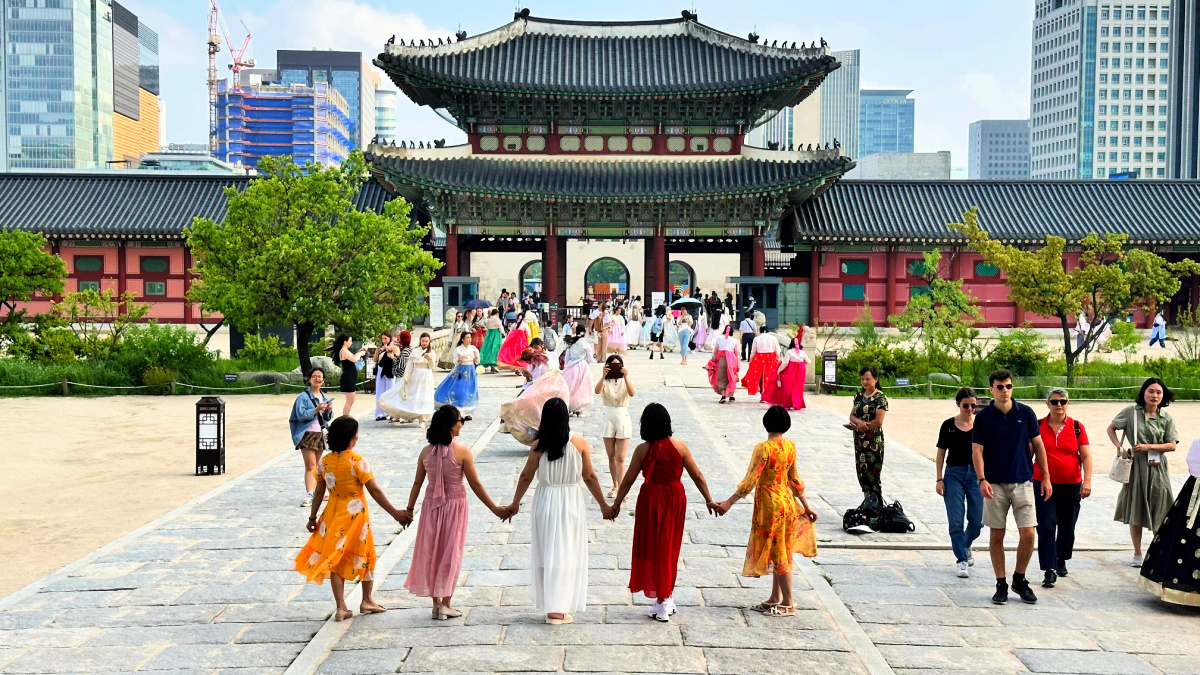
The National Palace Museum of Korea
The National Palace Museum of Korea, located in Seoul, is a significant cultural repository showcasing the rich heritage and history of Korea's royal dynasties. This museum is situated within the grounds of the Gyeongbokgung Palace, offering an immersive experience in the heart of the nation's capital.
Key Highlights
- Permanent exhibitions like Joseon Science, Palace Architecture, and Royal Life.
- Special collections, including the Joseon Water Clock and the Blue Roof Tile Exhibit.
- Over 1,200 historical texts, including the Uigwe manuscripts.
 Frontal view of the National Palace Museum of Korea
Frontal view of the National Palace Museum of KoreaFor visitors, the museum provides various facilities to enhance their experience. These include guided tours, educational programs, and interactive displays.
Additionally, there are amenities like a souvenir shop, where visitors can purchase memorabilia and a refreshment cafeteria. The museum also offers special exhibitions and cultural events throughout the year, making each visit unique and engaging.
I could explore and enjoy the exhibitions for about an hour, which was rushed. However, if you're learning about Korean history, you might have to spend more time understanding and learning about Korea's events leading to its present state.
Please check out the brief descriptions below for each relevant historical exhibition inside the National Palace Museum of Korea.
![Paraphernalia of the king [National Palace Museum of Korea] national-palace-museum-korea-kings-joseon-dynasty-ceremonial-robe-kings](https://www.koreattrack.com/images/national-palace-museum-korea-kings-joseon-dynasty-ceremonial-robe-kings.jpg) Paraphernalia of the king [National Palace Museum of Korea] Paraphernalia of the king [National Palace Museum of Korea] |
 An old painting of a king - National Palace Museum of Korea An old painting of a king - National Palace Museum of Korea |
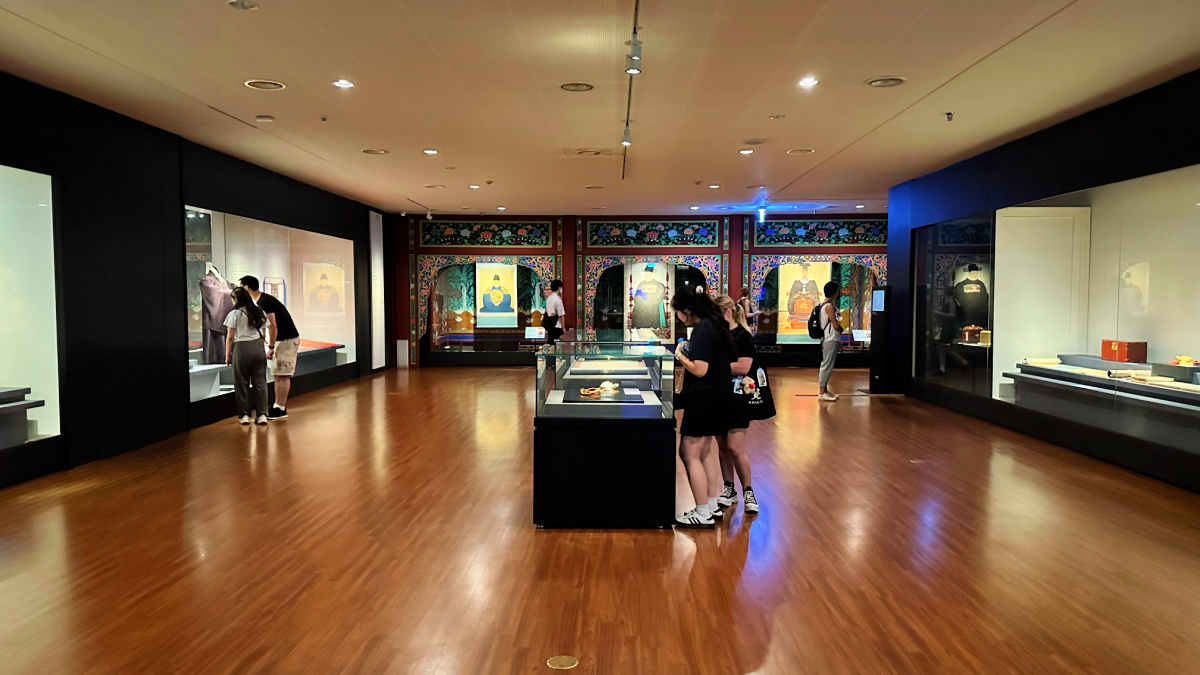 National Palace Museum - Kings' Permanent Exhibition Room
National Palace Museum - Kings' Permanent Exhibition RoomExhibitions & Collections
1. Joseon Science
This section showcases the scientific advancements and innovations achieved during the Joseon Dynasty. It highlights how the dynasty made significant progress in various fields of science, contributing to the development of astronomy, meteorology, and other scientific disciplines in Korea. Artifacts and historical documents provide insights into the scientific knowledge and practices of the era.
The exhibits here include traditional Korean astronomical instruments and various scientific texts. They offer a glimpse into how science was integrated into the daily life and governance of the Joseon Dynasty, reflecting the dynasty's commitment to learning and intellectual exploration.
2. Palace Architecture
The Palace Architecture section focuses on the prominent architectural styles and elements in royal palaces during different Korean dynasties. It explains palace architecture's design principles, aesthetics, and cultural significance in Korean history.
Visitors can explore the evolution of palace architecture over time through models, photographs, and architectural remnants. This section emphasizes the unique characteristics of Korean palace architecture, such as the use of specific colors, roof designs, and spatial layouts, which symbolize the authority and sanctity of the royal family.
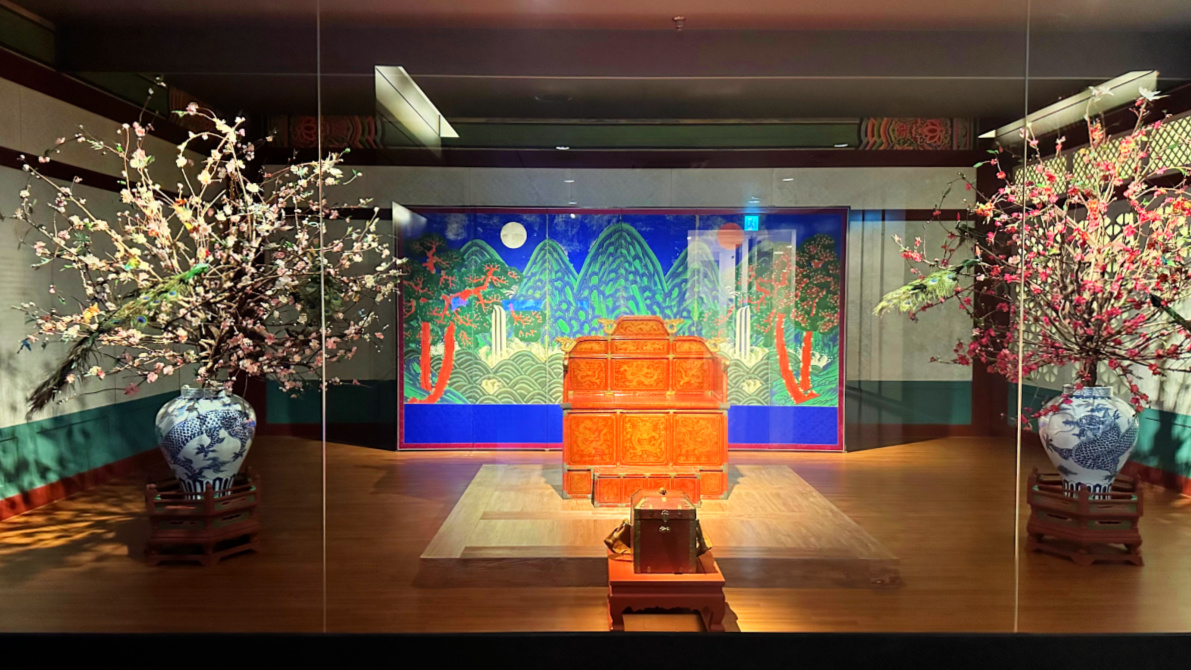 An example of a royal throne where the king and the queen sit with designated symbols (painting) in the background (moon for the queen, sun for the king)
An example of a royal throne where the king and the queen sit with designated symbols (painting) in the background (moon for the queen, sun for the king) Gyeonghoero Pavilion of Gyeongbokgung Palace
Gyeonghoero Pavilion of Gyeongbokgung Palace3. Royal Life
This exhibit displays aspects of daily life in the royal court, providing a comprehensive view of how the monarchy lived, entertained, and governed. It includes items related to royal attire, cuisine, and leisure activities, showcasing the opulence and cultural richness of Korea's royal heritage.
Visitors can see a variety of personal belongings, furniture, and utensils used by the royal family. This section also sheds light on the court customs and protocols, offering a glimpse into the Korean royals' intricate social hierarchy and lifestyle.
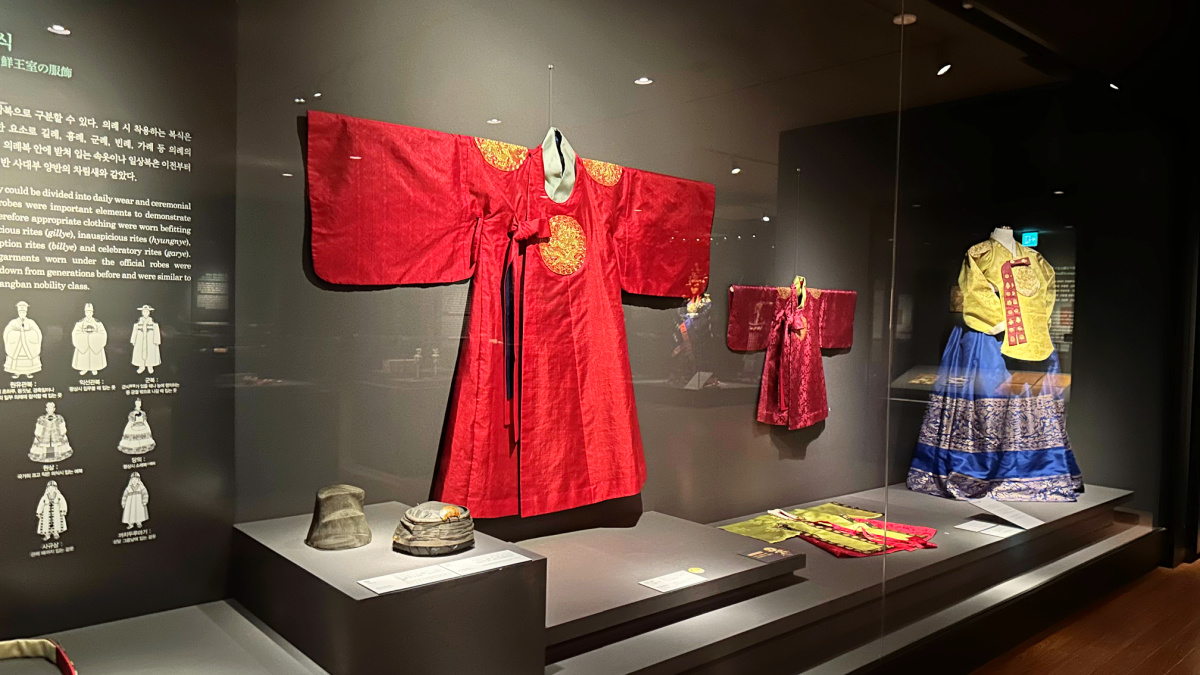 Exhibits of royal attire for varied occasions are on display at the National Palace Museum of Korea, Gyeongbokgung Palace.
Exhibits of royal attire for varied occasions are on display at the National Palace Museum of Korea, Gyeongbokgung Palace.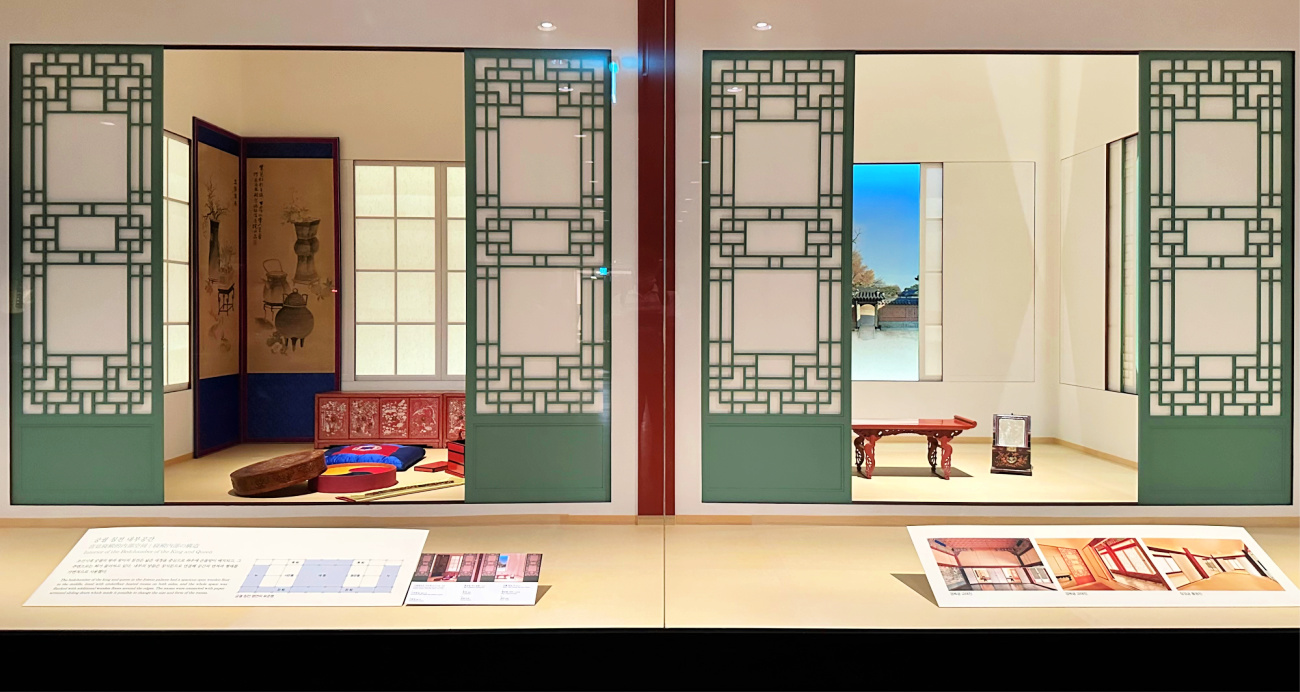 An example of a traditional royal rooms - dining area and bedroom
An example of a traditional royal rooms - dining area and bedroom4. Royal Childbirth and Education
Focusing on the practices surrounding royal childbirth and the education of royal children, this section highlights the importance placed on the birth and upbringing of heirs to the throne. It includes items and documents related to royal births, childcare, and early education.
The exhibit explores the traditional rituals, ceremonies, and educational methods associated with royal offspring. It also reflects the societal values and expectations placed on these children, who were seen as the nation's future leaders.
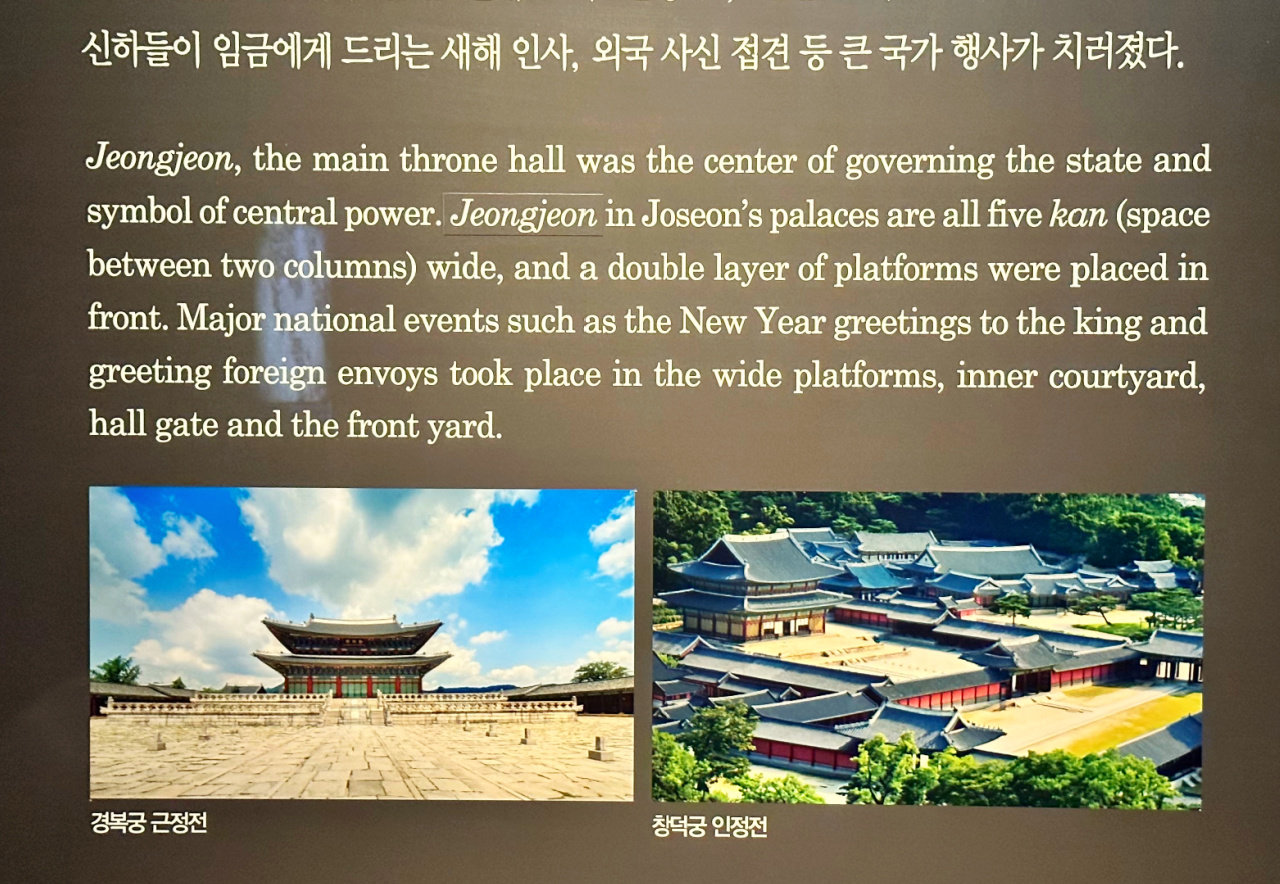 Jeongjeon is the main throne hall where the king performs his duties and is a symbol of central power [National Palace Museum of Korea]
Jeongjeon is the main throne hall where the king performs his duties and is a symbol of central power [National Palace Museum of Korea]5. Royal Scholarly Culture
This area highlights the Joseon Dynasty's scholarly pursuits and cultural contributions. It emphasizes the dynasty's dedication to Confucianism and its influence on education, governance, and social norms.
Artifacts such as books, paintings, and scholarly writings showcase the intellectual and cultural achievements of the period. The exhibit demonstrates how the royal court became a center for learning and cultural development, influencing various aspects of Korean society.
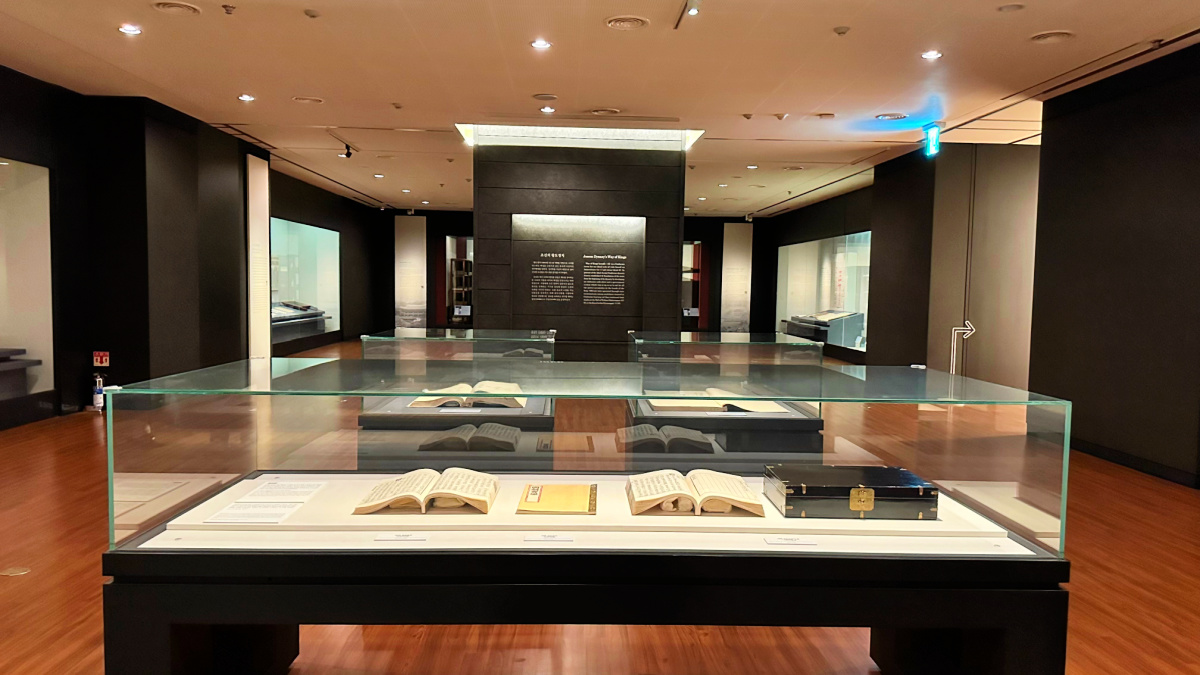 Records on permanent display at the National Palace Museum of Korea, Gyeongbokgung Palace, Seoul
Records on permanent display at the National Palace Museum of Korea, Gyeongbokgung Palace, Seoul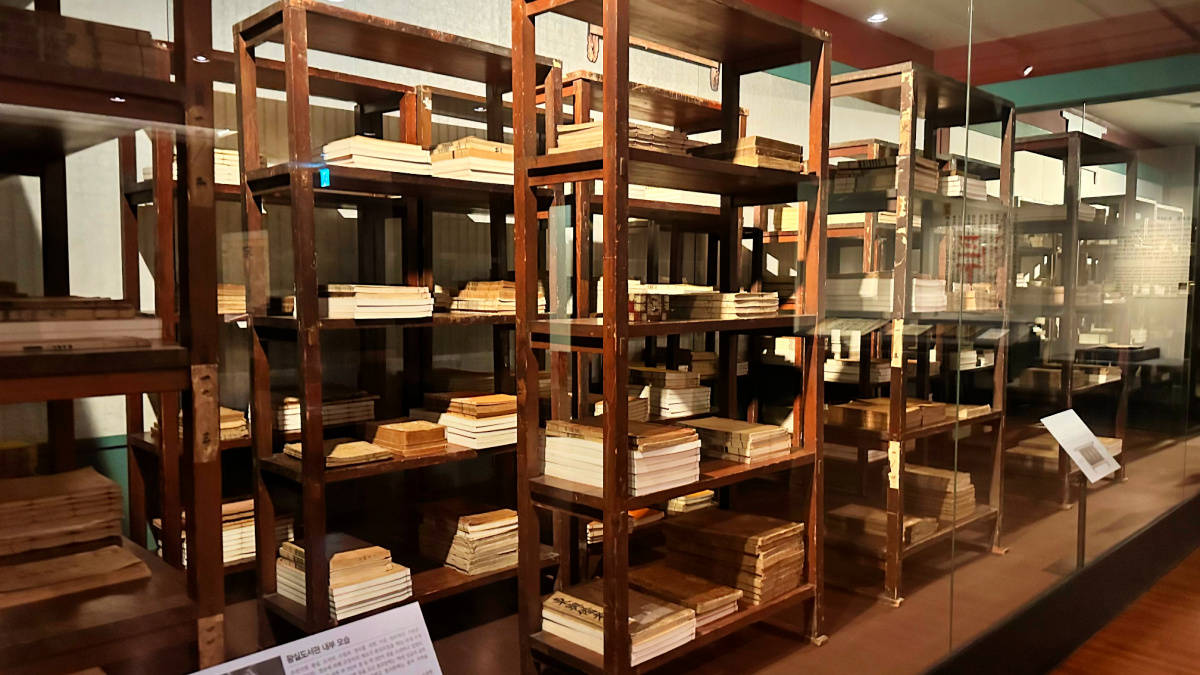 National Palace Museum of Korea Archives
National Palace Museum of Korea Archives6. Korean Empire
Covering the period of the Korean Empire, this section displays artifacts and documents related to this significant era in Korean history. It provides insights into the political, social, and cultural changes as Korea transitioned from a traditional monarchy to a modern empire.
The exhibits include royal decrees, diplomatic records, and items illustrating the Empire's efforts to modernize and engage with the broader world. This section is crucial for understanding the complex history of Korea during the late 19th and early 20th centuries.
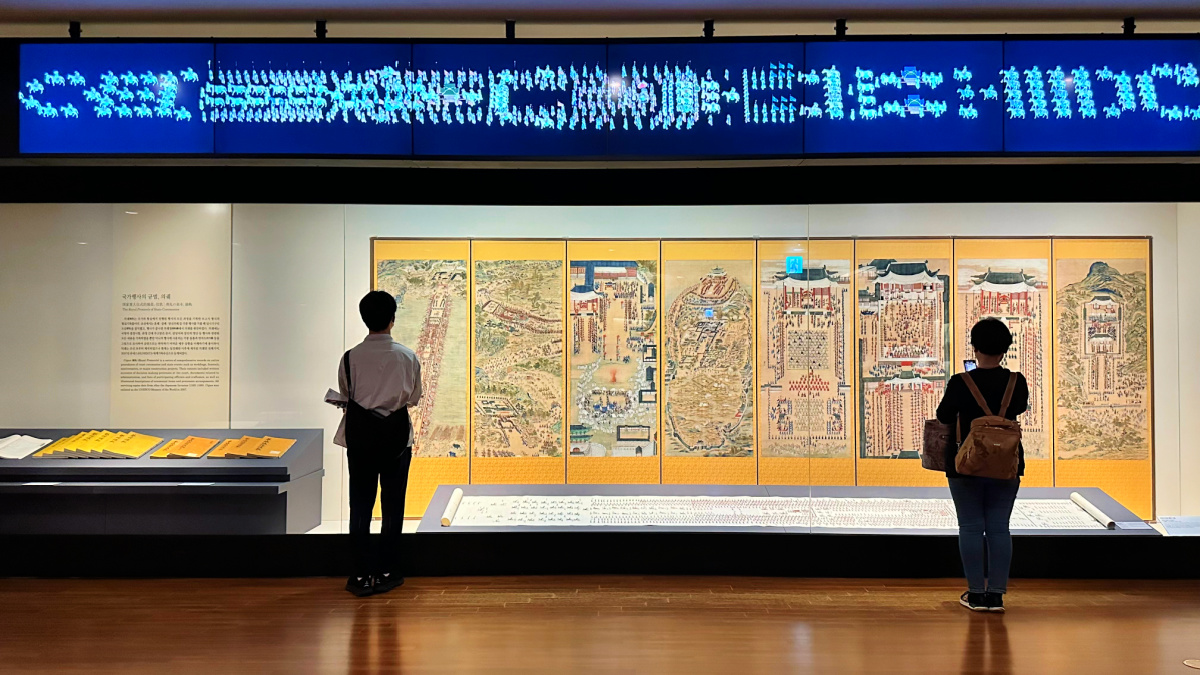 National Palace Museum of Korea - Old Maps
National Palace Museum of Korea - Old Maps7. Royal Court Paintings
The collection of paintings in this section vividly portrays various aspects of royal court life. These artworks provide a visual narrative of the palace's historical events, daily activities, and ceremonial occasions.
Each painting is not only an artistic creation but also a historical document, capturing the customs, fashion, and architecture of the time. The intricate details and vibrant colors in these paintings allow visitors to immerse themselves in the opulent world of the Korean royal court.
8. Royal Court Music
This exhibit is dedicated to the music played in the royal court, highlighting its role in ceremonies, rituals, and entertainment. It features traditional musical instruments, scores, and audio-visual presentations that bring the sounds of the past to life.
The section explains how music was integral to court life, reflecting the Korean monarchy's cultural sophistication and artistic tastes. It also shows the influence of royal court music on the development of Korean traditional music.
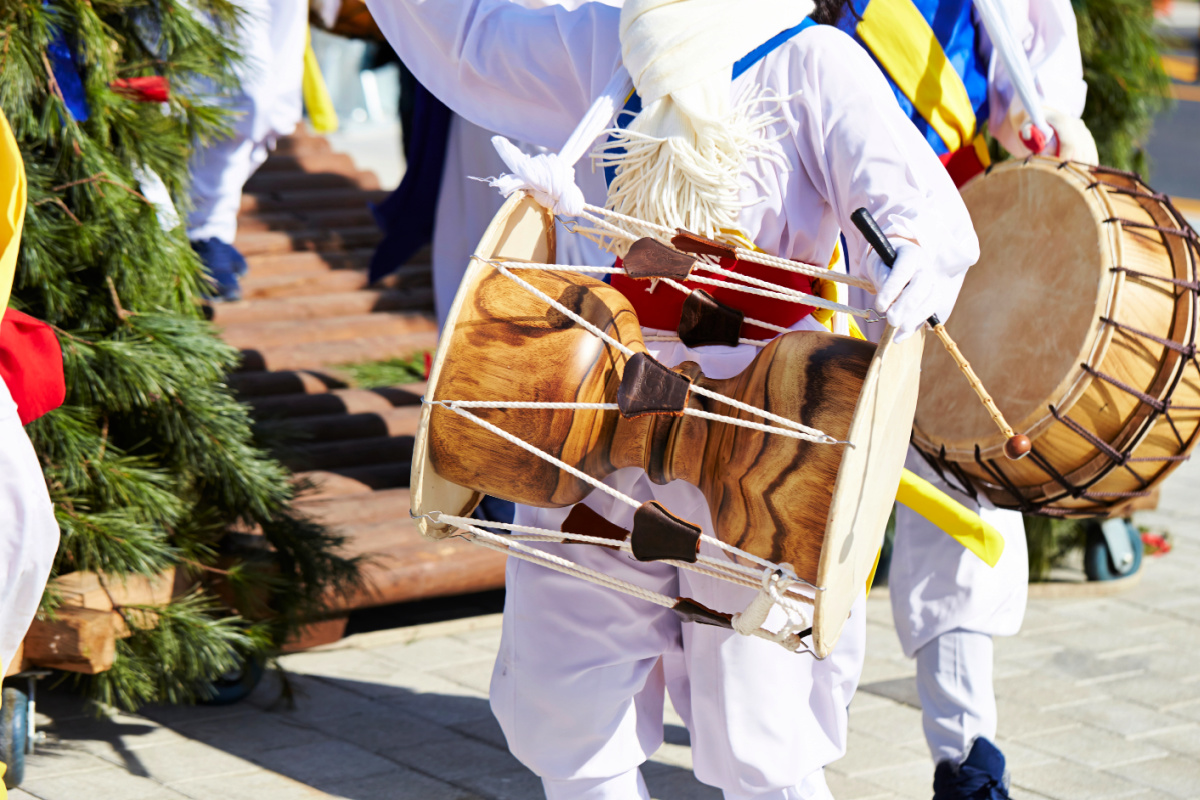 Korean musical instruments (e.g. janggu)
Korean musical instruments (e.g. janggu)9. Royal Palanquins
The display of royal palanquins used by the royal family showcases the era's intricate craftsmanship and aesthetic sensibilities. Palanquins were not just modes of transportation but also symbols of royal authority and prestige.
Visitors can see palanquins, each designed for different occasions and purposes. The exhibit also explains the ceremonial protocols and processions associated with these palanquins, providing insight into the elaborate court ceremonies of Korea's past.
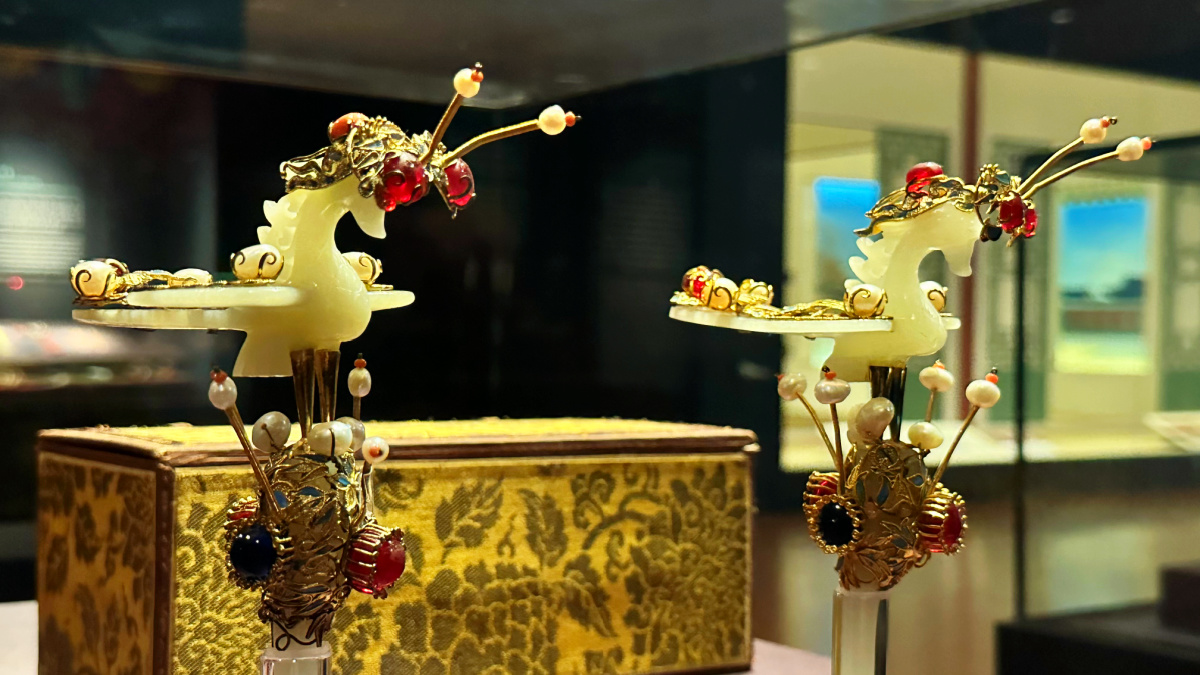 Royal hairpins (Jade Phoenix) worn by royal women [National Palace Museum of Korea] Royal hairpins (Jade Phoenix) worn by royal women [National Palace Museum of Korea] |
![Royal Hairpin [National Palace Museum of Korea] national-palace-museum-korea-bee-gold-hairpin](https://www.koreattrack.com/images/national-palace-museum-korea-bee-gold-hairpin.jpg) Royal Hairpin [National Palace Museum of Korea] Royal Hairpin [National Palace Museum of Korea] |
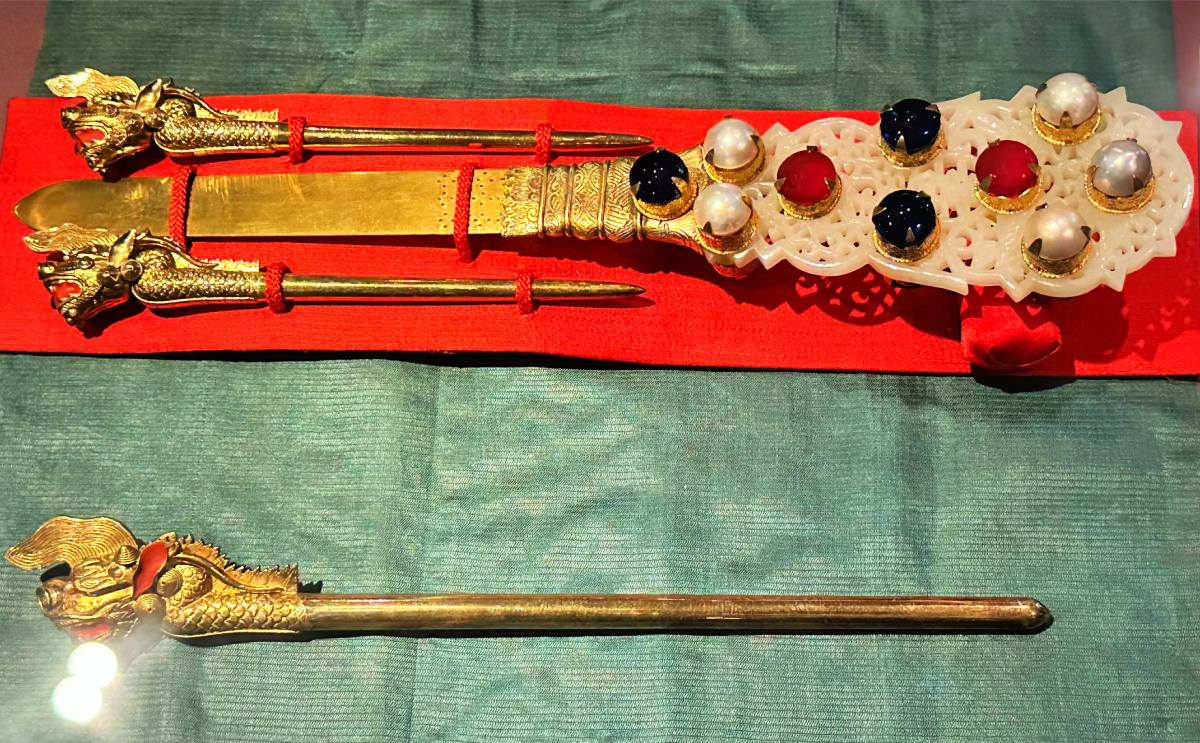 Royal Hairpins
Royal Hairpins10. Joseon Water Clock
The Joseon Water Clock section of the National Palace Museum of Korea offers a fascinating look into the advanced timekeeping technology of ancient Korea. This exhibit showcases the intricate design and functioning of the traditional water clock, known as Jagyeokru, which was used during the Joseon Dynasty.
The clock, a marvel of engineering for its time, exemplifies Korean artisans's scientific ingenuity and precision. Visitors can learn about the historical significance of timekeeping in Joseon society and the sophisticated mechanisms involved in these early clocks, reflecting the dynasty's contributions to horological science.
11. Blue Roof Tile Exhibit
The Blue Roof Tile exhibit is a distinctive museum feature, emphasizing a unique aspect of Korean architectural heritage. This exhibit delves into the production, design, and significance of the iconic blue roof tiles that adorned royal palaces in Korea.
These tiles are not just architectural elements but also symbolize the authority and sanctity of the royal family. Visitors can explore the artistic and technological process behind the creation of these tiles, gaining insight into how they were made, their cultural importance, and their role in the aesthetic appeal of palace architecture.
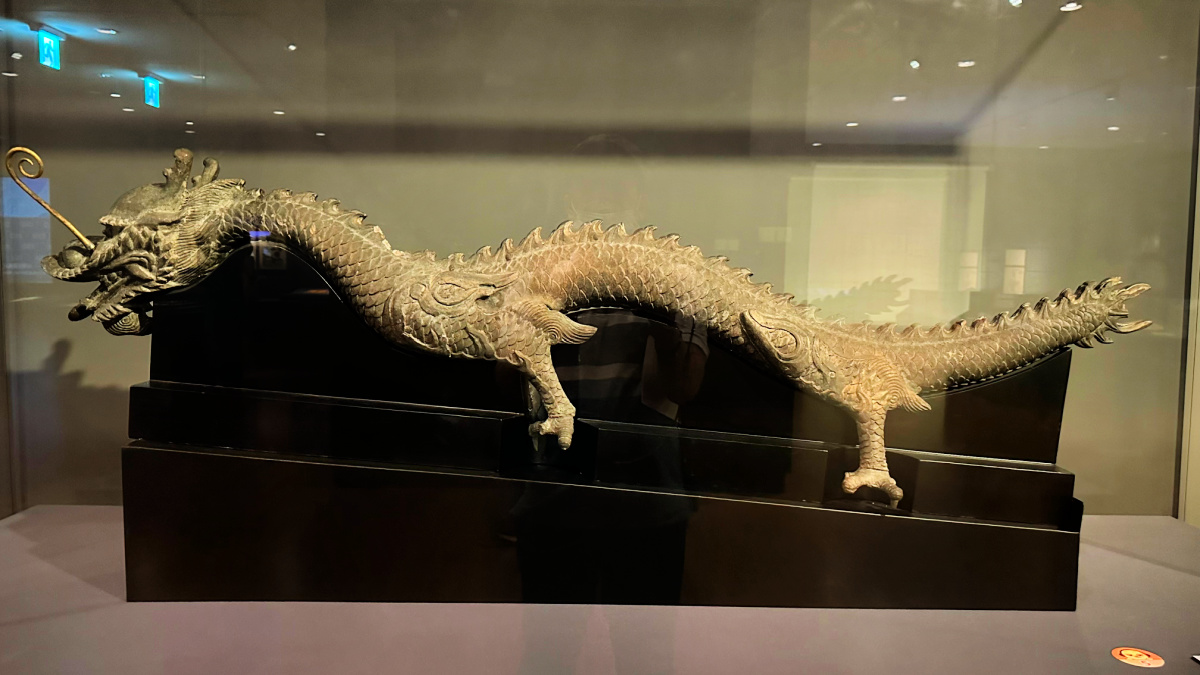 Bronze Dragon is one of the roof decorations in ancient Korean architecture.
Bronze Dragon is one of the roof decorations in ancient Korean architecture.12. Special Collection
The Special Collection at the National Palace Museum of Korea is a treasure trove of historical and cultural significance. It contains over 1,200 volumes of historical texts, including 150 copies of Uigwe, the royal protocols of the Joseon Dynasty.
These texts are invaluable for understanding the elaborate royal ceremonies and protocols of the last emperors of the Joseon Dynasty and Daehan Empire.
The collection, repatriated from Japan in 2011, offers a rare and comprehensive glimpse into the administrative and ceremonial practices of the Korean monarchy before the annexation of Korea in 1910, making it a must-see for visitors interested in Korean history.
![Tags used by officers on patrol at night [National Palace Museum of Korea] national-palace-museum-korea-tags-night-patrol-officers-joseon-dynasty](https://www.koreattrack.com/images/national-palace-museum-korea-tags-night-patrol-officers-joseon-dynasty.jpg) Tags used by officers on patrol at night [National Palace Museum of Korea]
Tags used by officers on patrol at night [National Palace Museum of Korea]Significant Political, Social, and Cultural Changes
During the Korean Empire period, significant political, social, and cultural changes occurred. The Empire was established in 1897 and lasted until 1910 when Korea was annexed by Japan.
One significant political change was the adoption of a new constitution that established a centralized government and created a modern legal system. The Empire also expanded its diplomatic relations and signed treaties with more countries, including the United States and Russia.
In terms of social changes, the Korean Empire implemented reforms aimed at modernizing the country. These included the introduction of new educational systems and the establishment of modern hospitals.
The Empire also abolished slavery and serfdom, improving the lives of many Koreans.
Culturally, the Korean Empire witnessed the emergence of new art forms and literary works, reflecting the country's growing interest in modernism and nationalism. The Empire also saw the development of new technologies, such as telegraph and railways, which significantly impacted Korean society and economy.
Guidelines For Visitors
There are some guidelines and restrictions for visitors during their tour of the National Palace Museum of Korea. Visitors are required to remove their shoes before entering the exhibition halls and wear the provided slippers or bring their socks.
Photography is allowed in most areas of the museum, but there are specific restrictions in some areas, such as the Royal Court Paintings section.
Additionally, visitors are advised to dress modestly and respectfully, as the museum is a cultural and historical site.
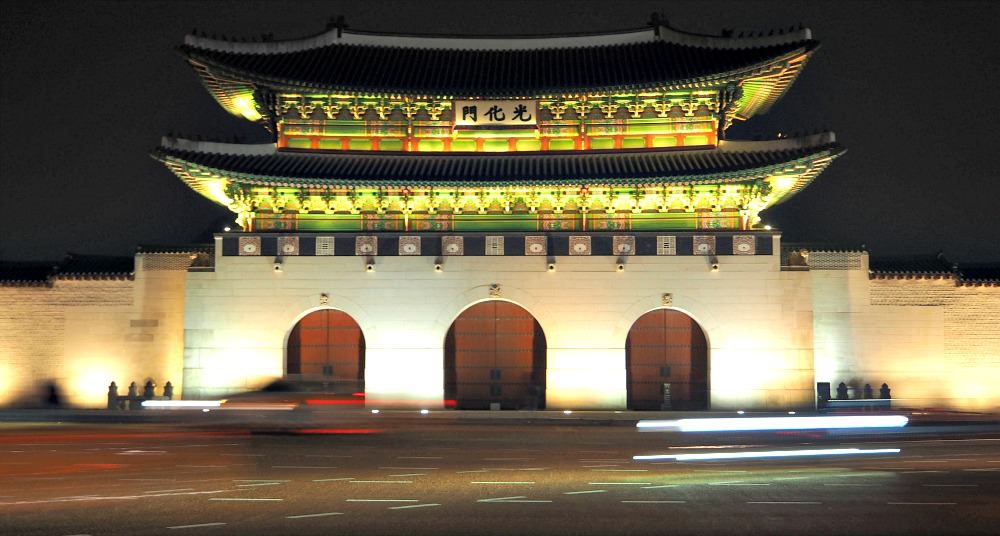 A sight of Gyeongbokgung Palace's main gate at night
A sight of Gyeongbokgung Palace's main gate at nightGetting to the National Palace Museum of Korea
The National Palace Museum of Korea is located in the heart of Seoul, within the grounds of the Gyeongbokgung Palace. Here are some detailed descriptions on how to get to the museum:
By Subway: The museum is accessible via subway. Visitors can take Line 3 and get off at Gyeongbokgung Station. From there, take Exit 5 and follow the signs to the museum. It is about a 10-minute walk from the subway station to the museum.
By Bus: The museum is accessible by bus. Visitors can take Bus No. 1020, 7025, or 109 and get off at the National Palace Museum of Korea stop. From there, it is just a short walk to the museum.
By Taxi: Visitors can take a taxi to the museum, but it is advisable to have the address written in Korean to show the taxi driver. The address of the museum is 12, Hyoja-ro, Jongno-gu, Seoul.
By Car: Visitors who prefer to drive to the museum can park their cars at the Gyeongbokgung Palace parking lot. However, parking is limited, and visitors are advised to arrive early to secure a spot.
Overall, the National Palace Museum of Korea is easily accessible via public transportation, making it convenient for visitors to explore and learn about Korea's rich cultural heritage.
Thank you for visiting this page. If you have comments of questions, please write them in the comment box.
Sources: Personal visit and wikipedia.
- Home
- Museums & Galleries
- National Palace Museum of Korea
Get Exciting Activities
Book one of our exciting activities today to experience the thrill of a lifetime! Take advantage of this opportunity and secure your spot in advance.
Hotel Map Guide
Find your affordable, accessible, and comfortable hotel in Seoul at Agoda.Com. See the hotel map below...
Hotel Booking Guide
Find affordable and amazing hotels on Agoda.com using the search box below. Book now to enjoy great discounts and save!
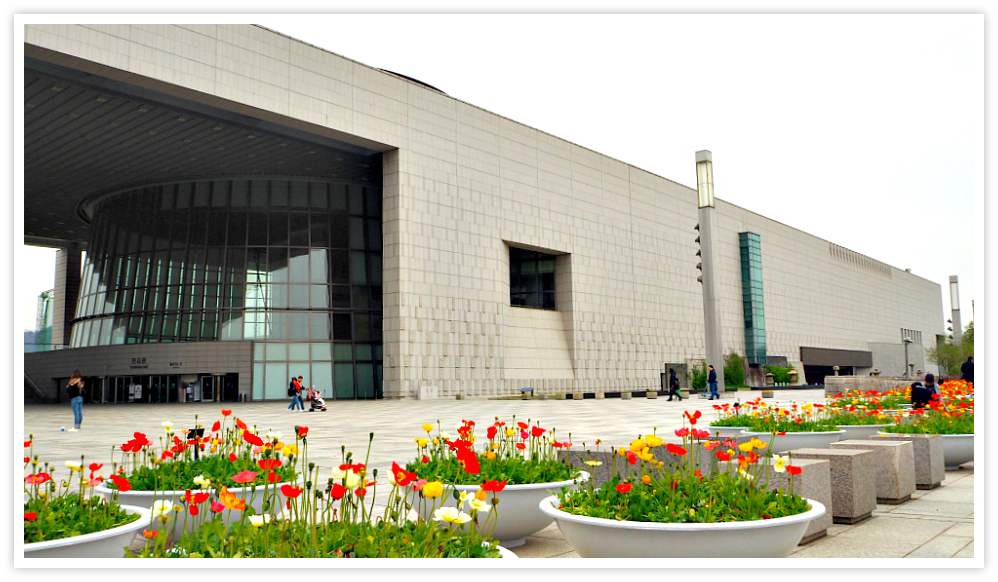
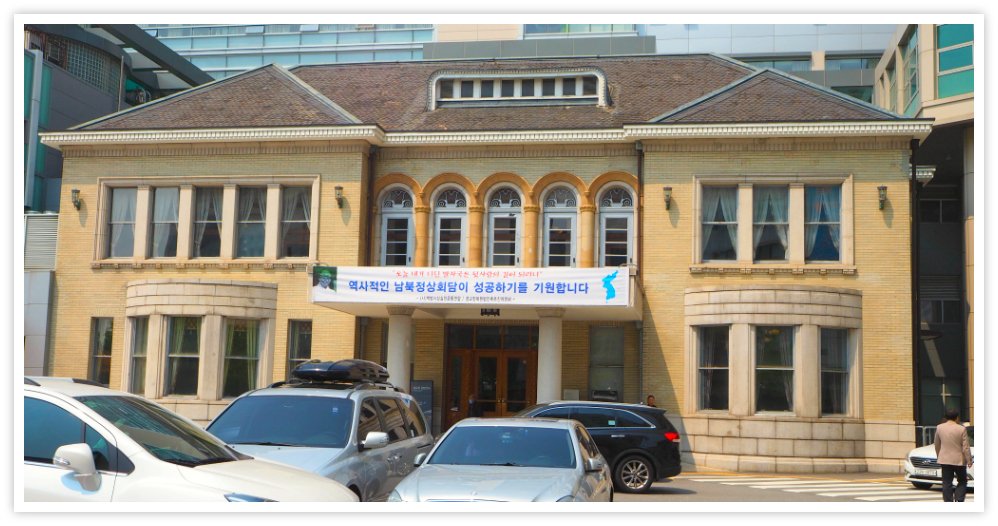





New! Comments
What do you think about this page? Leave me a comment in the box below.